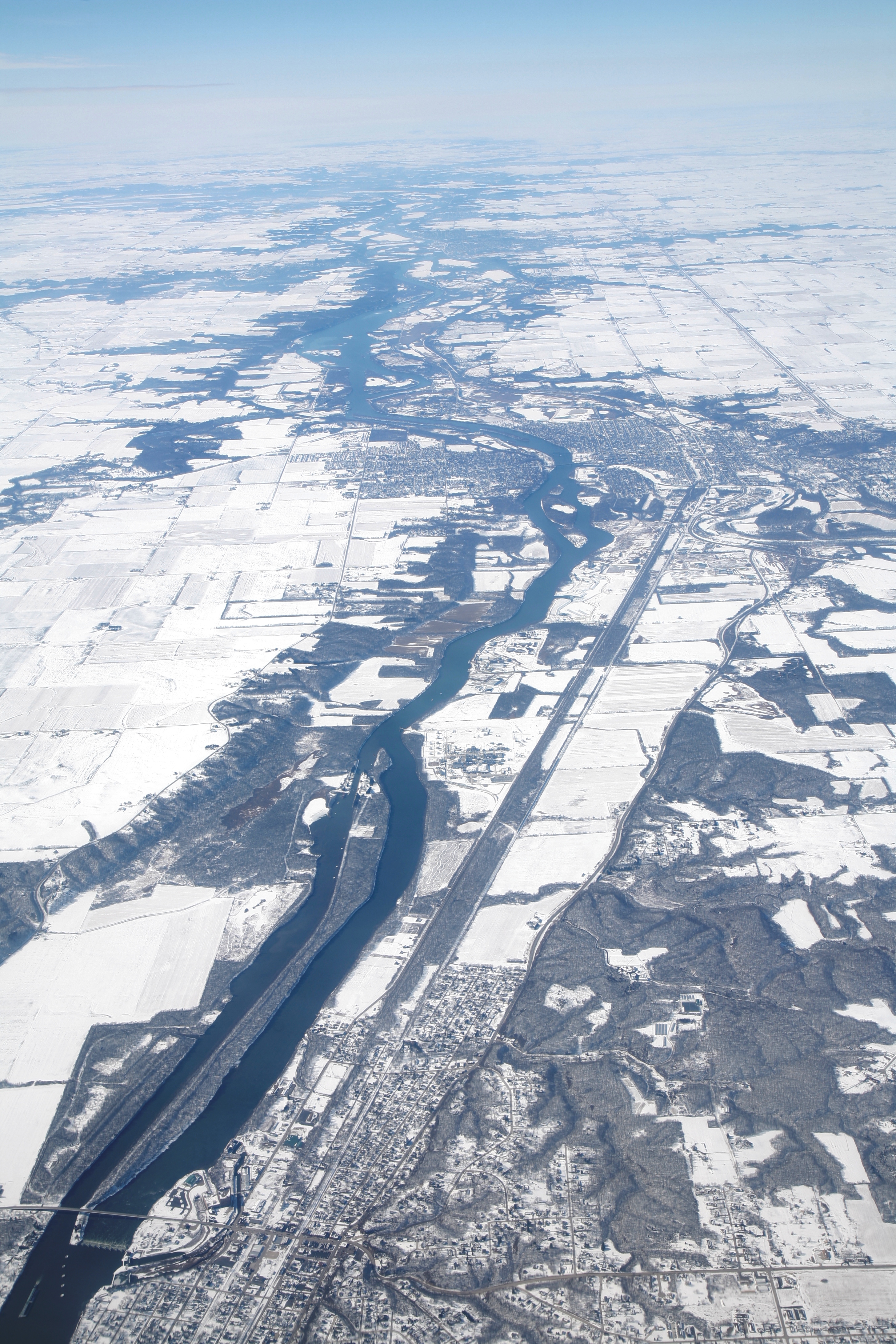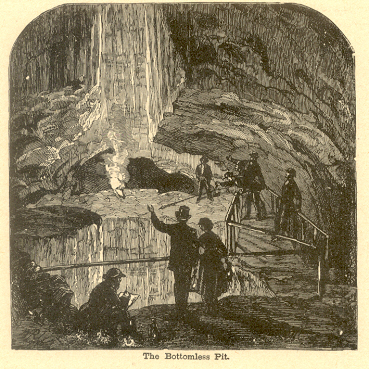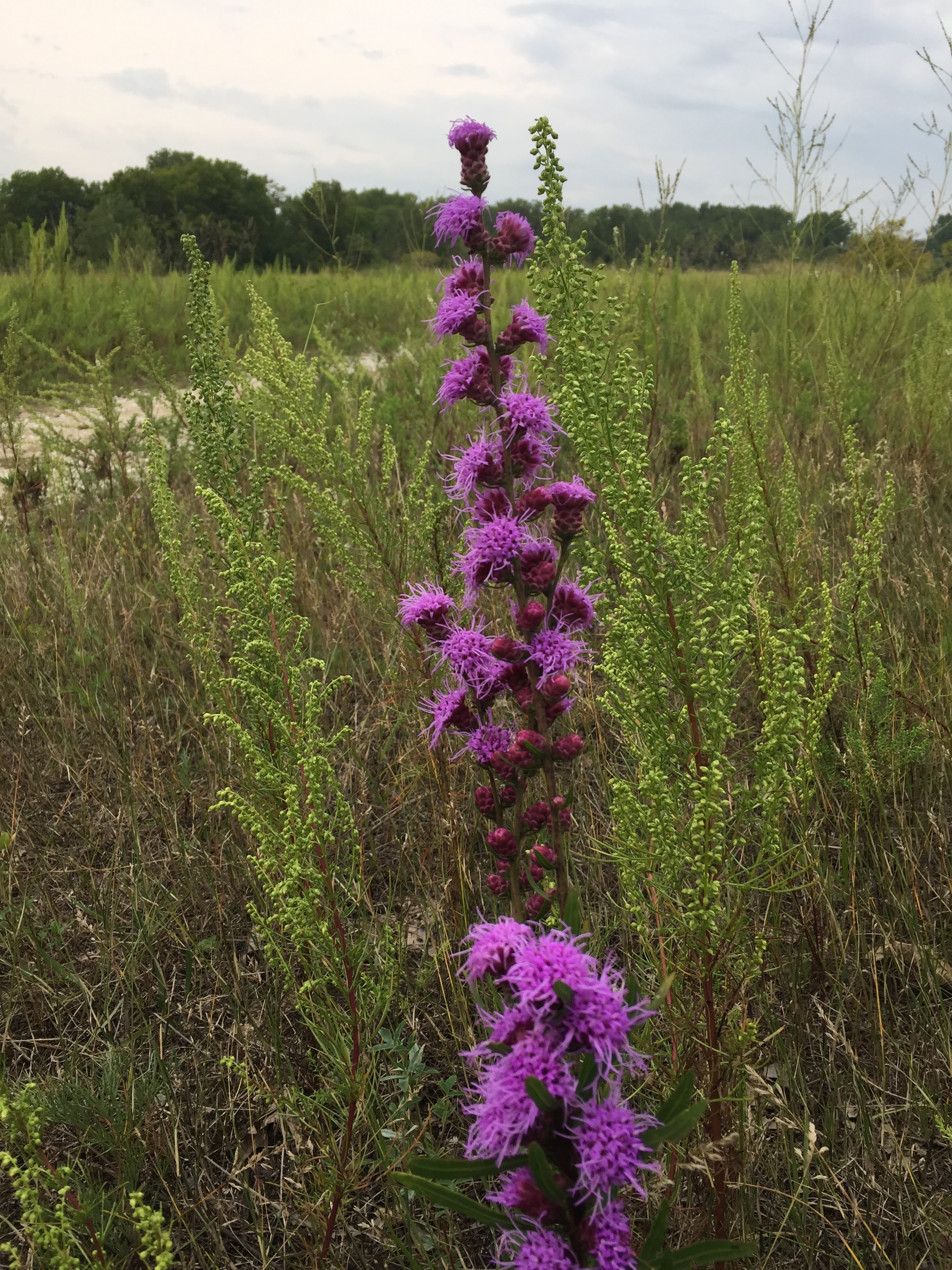|
List Of Ecoregions In Illinois
The list of ecoregions in Illinois are lists of terrestrial ecoregions (see also, ecosystem) of the United States' State of Illinois, as defined separately by the United States Environmental Protection Agency (USEPA), and by the World Wildlife Fund. Illinois' ecology is in a land area of ; the state is long and wide and is located between latitude: 36.9540° to 42.4951° N, and longitude: 87.3840° to 91.4244° W, with primarily a humid continental climate. USEPA The EPA ecoregion classification system has four levels, but only Levels I, III, and IV are shown on this list. Level I divides North America into 15 broad ecoregions (or biomes). Illinois is almost entirely within the Eastern Temperate Forest environment Level I region, although very small sections in its extreme west are in the Great Plains, Level I region. Level IV ecoregions (denoted by numbers and letters) are a further subdivision of Level III ecoregions (denoted by numbers alone). In general, Illinois trans ... [...More Info...] [...Related Items...] OR: [Wikipedia] [Google] [Baidu] |
Temperate Deciduous Forest
Temperate deciduous or temperate broadleaf forests are a variety of temperate forest 'dominated' by deciduous trees that lose their leaves each winter. They represent one of Earth's major biomes, making up 9.69% of global land area. These forests are found in areas with distinct seasonal variation that cycle through warm, moist summers, cold winters, and moderate fall and spring seasons. They are most commonly found in the Northern Hemisphere, with particularly large regions in eastern North America, East Asia, and a large portion of Europe, though smaller regions of temperate deciduous forests are also located in South America. Examples of trees typically growing in the Northern Hemisphere's deciduous forests include oak, maple, basswood, beech and elm, while in the Southern Hemisphere, trees of the genus ''Nothofagus'' dominate this type of forest. Temperate deciduous forests provide several unique ecosystem services, including habitats for diverse wildlife, and they face a set ... [...More Info...] [...Related Items...] OR: [Wikipedia] [Google] [Baidu] |
Illinois River
The Illinois River () is a principal tributary of the Mississippi River at approximately in length. Located in the U.S. state of Illinois, the river has a drainage basin of . The Illinois River begins with the confluence of the Des Plaines River, Des Plaines and Kankakee River, Kankakee rivers in the Chicago metropolitan area, and it generally flows to the southwest across Illinois, until it empties into the Mississippi near Grafton, Illinois. Its drainage basin extends into southeastern Wisconsin, northwestern Indiana, and a very small area of southwestern Michigan in addition to central Illinois. Along its banks are several river ports, including the largest, Peoria, Illinois. Historic and recreation areas on the river include Starved Rock State Park, Starved Rock, and the internationally List of Ramsar sites in the United States, important wetlands of the Emiquon National Wildlife Refuge, Emiquon Complex and Dixon Waterfowl Refuge. The river was important among Native A ... [...More Info...] [...Related Items...] OR: [Wikipedia] [Google] [Baidu] |
Interior River Valleys And Hills (ecoregion)
Interior may refer to: Arts and media * ''Interior'' (Degas) (also known as ''The Rape''), painting by Edgar Degas * ''Interior'' (play), 1895 play by Belgian playwright Maurice Maeterlinck * ''The Interior'' (novel), by Lisa See * Interior design, the trade of designing an architectural interior * ''The Interior'' (Presbyterian periodical), an American Presbyterian periodical * Interior architecture, process of designing building interiors or renovating existing home interiors Places * Interior, South Dakota Interior (Lakota: ''makȟóšiča otȟúŋwahe''; "Badlands village") is a town in Jackson County, South Dakota, United States. The population was 65 at the 2020 census. Interior got its start in 1907 when the Milwaukee Railroad was extended to ... * Interior, Washington * Interior Township, Michigan * British Columbia Interior, commonly known as "The Interior" Government agencies * Interior ministry, sometimes called the ministry of home affairs * United States De ... [...More Info...] [...Related Items...] OR: [Wikipedia] [Google] [Baidu] |
Mammoth Cave
Mammoth Cave National Park is a List of national parks of the United States, national park of the United States in south-central Kentucky. It encompasses portions of Mammoth Cave, the List of longest caves, longest known cave system in the world. The park's are located primarily in Edmonson County, Kentucky, Edmonson County, with small areas extending eastward into Hart County, Kentucky, Hart and Barren County, Kentucky, Barren counties. The Green River (Kentucky), Green River runs through the park, with a tributary called the Nolin River feeding into the Green just inside the park. The cave system has formally been known as the Mammoth–Flint Ridge Cave System since 1972, when a connection was discovered between Mammoth Cave and the even longer system under Flint Ridge to the north. As of 2022, more than of passageways had been surveyed, over 1.5 times longer than the second-longest cave system, Mexico's Sistema Sac Actun, Sac Actun underwater cave. The park was established ... [...More Info...] [...Related Items...] OR: [Wikipedia] [Google] [Baidu] |
Interior Plateau (ecoregion)
The Interior Plateau comprises a large region of the Interior of British Columbia, and lies between the Cariboo and Monashee Mountains on the east, and the Hazelton Mountains, Coast Mountains and Cascade Range on the west.''Landforms of British Columbia'', S. Holland, Government of British Columbia'' The continuation of the plateau into the United States is known there as the Columbia Plateau. Physiographically, the Interior Plateau is a section of the larger Northern Plateaus province, which in turn is part of the Intermontane Plateaus physiographic division. The Interior Plateau is ''not'' part of the Interior Mountains, a huge area that constitutes most of the northern two thirds of the Canadian province of British Columbia between the Coast Mountains, Rocky Mountains and the various small ranges on the inland lea of the Coast Mountains between the Bulkley Ranges and the Bella Coola River. Subdivisions It has several subdivisions, these being: * The Fraser Plateau ** The Chi ... [...More Info...] [...Related Items...] OR: [Wikipedia] [Google] [Baidu] |
Valparaiso Moraine
The Valparaiso Moraine is a recessional moraine (a landform left by receding glaciers) that forms an immense U around the southern Lake Michigan basin in North America. It is a band of hilly terrain composed of glacial till and sand. The Valparaiso Moraine defines part of the continental divide known as the Saint Lawrence River Divide, bounding the Great Lakes Basin. It begins near the border of Wisconsin and Illinois and extends south through Lake, McHenry, Cook, DuPage and Will counties in Illinois, and then turns southeast, going through northwestern Indiana. From this point, the moraine curves northeast through Lake, Porter, and LaPorte counties of Indiana into Michigan. It continues into Michigan as far as Montcalm County. The moraine was formed during the Crown Point Phase of the Wisconsin glaciationCitation needed.. At this time the glacier covering the area had grown thin, so it was restrained by dolomite rock layers in the Lake Michigan basin. Where the glacier ... [...More Info...] [...Related Items...] OR: [Wikipedia] [Google] [Baidu] |
Chiwaukee Prairie
Chiwaukee Prairie is a prairie in Pleasant Prairie, Wisconsin managed by the Wisconsin Department of Natural Resources (about midway between ''Chi''cago and Mil''waukee''). It is located on Lake Michigan at the Illinois state line and includes grassy wetlands, wooded areas, and the Kenosha Sand Dunes at its northern tip. It is home to an abundance of wildlife. It was designated a Wisconsin State Natural Area in 1967 and a National Natural Landmark in 1973. Together with surrounding areas, and south to Illinois Beach State Park, the prairie is part of an internationally recognized wetland of importance under the Ramsar Convention, called the ''Chiwaukee Illinois Beach Lake Plain''. History The Chiwaukee Prairie was formed at the end of the Last Glacial Period, over 10,000 years ago. As lake water receded from the older Toleston Shoreline, wind and wave action accumulated sand along the current Lake Michigan shoreline. This sediment was stabilized by sand-binding grasses. The ... [...More Info...] [...Related Items...] OR: [Wikipedia] [Google] [Baidu] |
Kankakee Marsh
The Kankakee Outwash Plain is a flat plain interspersed with sand dunes in the Kankakee River valley in northwestern Indiana and northeastern Illinois of the United States. It is just south of the Valparaiso Moraine and was formed during the Wisconsin Glaciation. As the glacier stopped at the Valparaiso Moraine, its meltwater was carried away to the outwash plain. On the south side of the moraine, where the elevation drops, the meltwaters eroded away valleys, carrying sand and mud with them. As the muddy meltwater reached the valley where the slope lessened, the water slowed, depositing the sand on the outwash plain. This created a smooth, flat, and sandy plain. Before its draining, the Kankakee Marsh, located on the outwash plain, was one of the largest freshwater marshes in the United States. Glacial plain The Grand Kankakee Marsh is the result of the last glacial age. The Wisconsin Glacial Episode began 70,000 years ago1816-1966, ''Natural Features of Indiana''; Indiana Academy ... [...More Info...] [...Related Items...] OR: [Wikipedia] [Google] [Baidu] |
Lake Chicago
Lake Chicago was a prehistoric proglacial lake that is the ancestor of what is now known as Lake Michigan, one of North America's five Great Lakes. Formed about 13,000 years ago and fed by retreating glaciers, it drained southwest through the Chicago Outlet River. Origin The city of Chicago lies in a broad plain that, hundreds of millions of years ago, was part of a great interior basin covered by warm, shallow seas. These seas covered portions of North America from the Arctic Ocean to the Gulf of Mexico. Evidence of these seas is found in the fossils of coral, such as those unearthed in Illinois quarries at Stony Island Avenue, Thornton Quarry, and McCook, Illinois, or at 18th Street and Damen Avenue in Chicago. Evidence may also be found in the fossils in the Niagara limestone bedrock found throughout the Chicago area and extending all the way to Niagara, New York. Much later, the polar ice cap crept four times down across the continent, covering the region with ice ... [...More Info...] [...Related Items...] OR: [Wikipedia] [Google] [Baidu] |
Moraines
A moraine is any accumulation of unconsolidated debris ( regolith and rock), sometimes referred to as glacial till, that occurs in both currently and formerly glaciated regions, and that has been previously carried along by a glacier or ice sheet. It may consist of partly rounded particles ranging in size from boulders (in which case it is often referred to as boulder clay) down to gravel and sand, in a groundmass of finely-divided clayey material sometimes called glacial flour. Lateral moraines are those formed at the side of the ice flow, and terminal moraines are those formed at the foot, marking the maximum advance of the glacier. Other types of moraine include ground moraines (till-covered areas forming sheets on flat or irregular topography) and medial moraines (moraines formed where two glaciers meet). Etymology The word ''moraine'' is borrowed from French , which in turn is derived from the Savoyard Italian ('mound of earth'). in this case was derived from Proven ... [...More Info...] [...Related Items...] OR: [Wikipedia] [Google] [Baidu] |
Drift (geology)
In geology, drift is a name for all sediment (clay, silt, sand, gravel, boulders) transported by a glacier and deposited directly by or from the ice, or by glacial meltwater. Drift is often subdivided into unstratified (unsorted) drift ( glacial till) that forms moraines and stratified drift (glaciolacustrine and fluvioglacial sediments) that accumulates as stratified and sorted sediments in the form of outwash plains, eskers, kames, varves, and so forth. The term drift clay is a synonym for boulder clay. Both are archaic terms for glacial tills with a fine-grained matrix.Neuendorf, K.K.E., J.P. Mehl, Jr., and J.A. Jackson, eds., 2005. ''Glossary of Geology'' (5th ed.). Alexandria, Virginia, American Geological Institute. 779 pp. In the United Kingdom, drift is also applied as a general term for all surficial, unconsolidated, rock debris and sediment that is moved from one place to accumulate in another and mapped separately or otherwise differentiated from underlyin ... [...More Info...] [...Related Items...] OR: [Wikipedia] [Google] [Baidu] |



